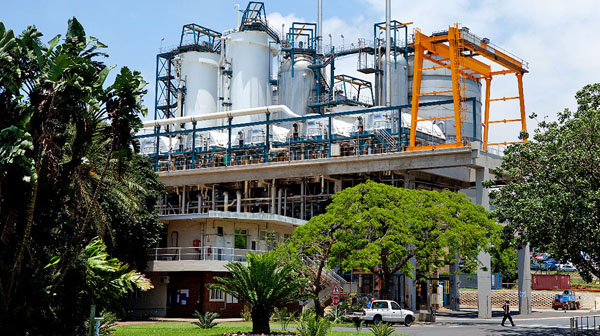Seeing the Wood for the Trees
![]() Print this Article | Send to Colleague
Print this Article | Send to Colleague
According to a report earlier this month (Aug. 15, 2018) by Finweek (Helsinki, Finland), in the 1980s, Sappi (Johannesburg, South Africa) bought its Saiccor Mill (pictured below) – a dissolving pulp mill south of Durban.

"It wasn’t the focus. It was isolated in the Sappi group," said Steve Binnie, CEO of Sappi to the publication.
At the time, Sappi’s main focus was graphic paper, which is "high-end coated paper" used for printing and writing. The company was busy with major expansions into this market.
"Graphic paper was quite sexy then," explained Binnie. "Our paper predominantly went into marketing literature, high-end magazines, catalogues and brochures for luxury products."
Meanwhile, the Saiccor Mill "just quietly ticked along". The dissolving pulp mill had its own management team, and wasn’t integrated into Sappi. "It was doing nicely. And it slowly built the business."
But then "graphic paper crashed", said Binnie. "The world changed. We had the advent of digital and smartphones ... then we had the global financial crisis in the late 2000s. And all of that put tremendous pressure on Sappi."
Sappi’s expansion into graphic paper meant that its balance sheet was "heavily indebted".
"Suddenly we were sitting with all this capacity in a market that was getting much smaller."
The former orphan, Saiccor Mill, suddenly became more important, and it has since become increasingly more profitable and relevant in size to the rest of Sappi. It’s at this mill that the company will be investing R2.7 billion to expand production capacity, as announced at the end of July.
More information about how Sappi has made this transformation possible is available by reading the full article online.


